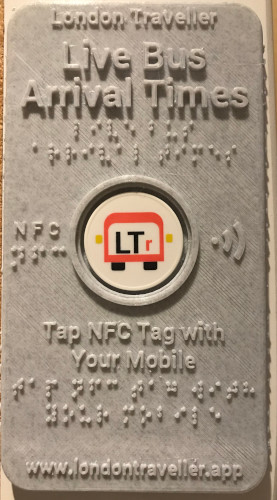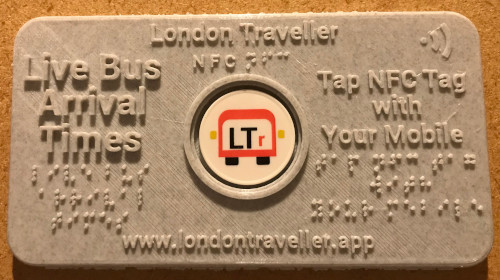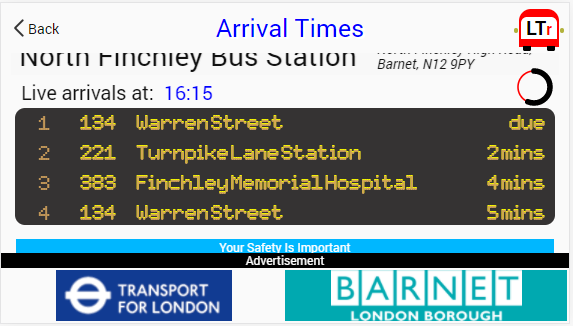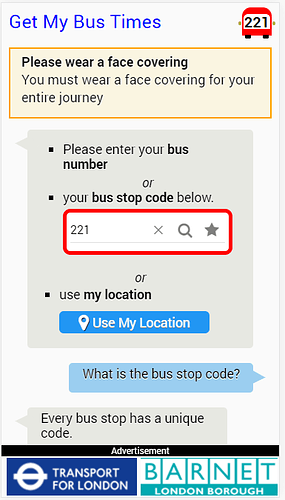Good evening All,
Hope all fellow forumers are keeping safe and healthy.
During Covid lockdown, I have been using the time to dive deeper into some technologies that pre-covid never afforded me (more on that later). As we are coming out of the grip of Covid, we are having to rethink (rebuild) many aspects of “our NEW way of life” and as a regular user of London Buses, I have been thinking how I can apply our technical know-how to improve our network to function better for our residents, businesses, and visitors.
Three key areas I will focus on:
- restore our local communities by promoting and support our “new-look” local high street i.e new businesses
- provide much-needed job opportunities and work placements for our younger generation
- extend our services to a more efficient and convenient “contactless” society
Let me share some of my vision how our London transport system, starting with the buses, can play its part. Bear with me - I hope you’ll find it interesting and I welcome comments and feedback.
So we know our London bus network is the largest and most comprehensive in the world. As a back-drop, here are some key numbers:
Bus routes: 700,
Bus stops: 19,500,
Fleet size: 9100,
Annual Passenger Journeys (2018/2019): 2.2 billion (6m per day)
In addition, there is a real-time arrival information (RTI) system provided for all the bus stops across the network, and (it goes without saying) this system is the largest bus RTI system in the world. This system provides the information that is displayed at the much-welcomed Countdown signs at bus stops. Did you know there are 2,500 countdown displays, costing approx. £21m.
Here are some other facts relating to countdown displays:
- countdown signs can only be installed at sheltered bus stops and
- there are 4,900 sheltered bus stops, therefore 48% have no countdown sign
- it would cost approx £20m to provide countdown signs at the remaining sheltered bus stop
- local authorities (and passengers) have called for an increase in the number of countdown displays - but TfL has no funding and the cost of a privately funded countdown sign starts at £8,300.
- 74% of the network bus stops are unsheltered and therefore would not qualify to have a countdown sign.
During Covid lockdown, I used the time to explore three areas of technology that will serve the contactless society we are moving into and the manufacturing sector to create new ideas. The three areas are:
- NFC (near field communication) that are used in our well-used and popular Oyster cards
- QR Code
- 3D printing
And how does this relate to the TfL forum I hear you say…well…
The first part of my vision is the deliver the countdown sign information at every bus stops using contactless technology to our mobile phones (your personal countdown sign!). While some bus stops do have NFC tags and QR Codes available (sheltered)…the keyword here is EVERY…sheltered and unsheltered…all 19500.
In addition to providing the core functionality of “Live Bus Arrival Times”, I want to utilise the network of stop points to become a contact point for a unified source of information about the local community each stop point is serving. Local information could range from businesses, jobs, accommodation, events, cultural spaces, public services, etc. Another role the network could play is a “SOS” network, providing information to the nearest emergency services (hospitals, police stations, and cab services for those nighttime revellers!).
Santa “presented” me a 3D printer (Ender-3) and, using 1.75MM PLA Grey Filament, I got to work in developing a prototype casing (using FreeCAD), for the NFC tag. Ordered some customised NFC tags (NTAG216), encoded them, and below are the 3D printed casing (5 hrs to print), with the mounted NFC tag!


The casing size is similar to an iPhone 6 and as you can see, there is a “portrait” and “landscape” version and has materially cost less than £1…yes that’s one pound!
To encode the NFC tag, I bought a USB NFC reader/writer, developed a toolkit to write the stop point information on the NFC tag. Using your smartphone (NFC switched on), just tap on the tag and the bus arrival times will be displayed.
In Part 2, I will dive into the software side.
I need to arrange and setup a server to host the app. Here is a sneak preview of the “Live Bus Arrival Times”.

Do share your thoughts!
